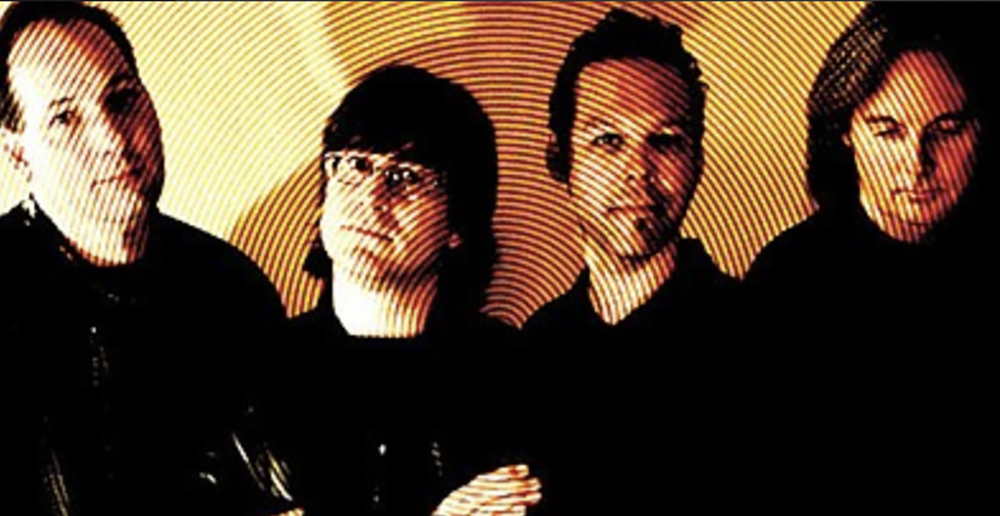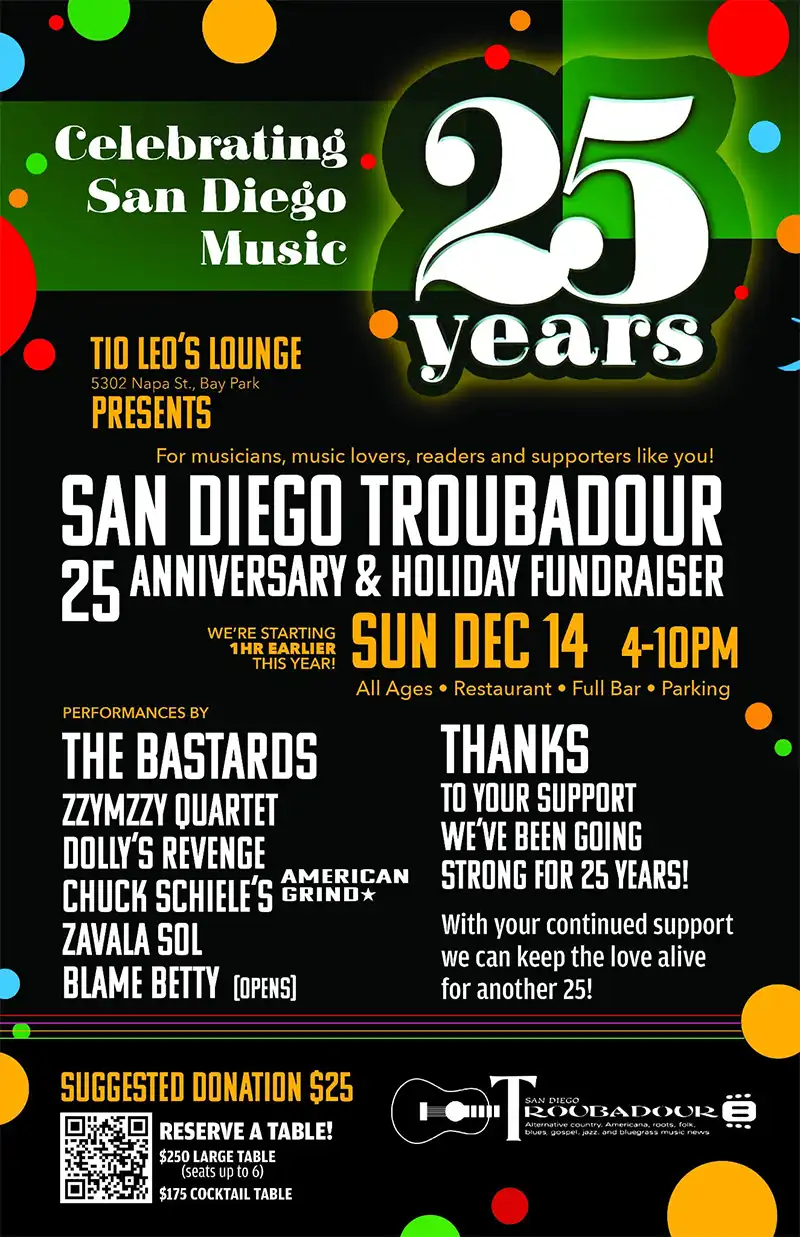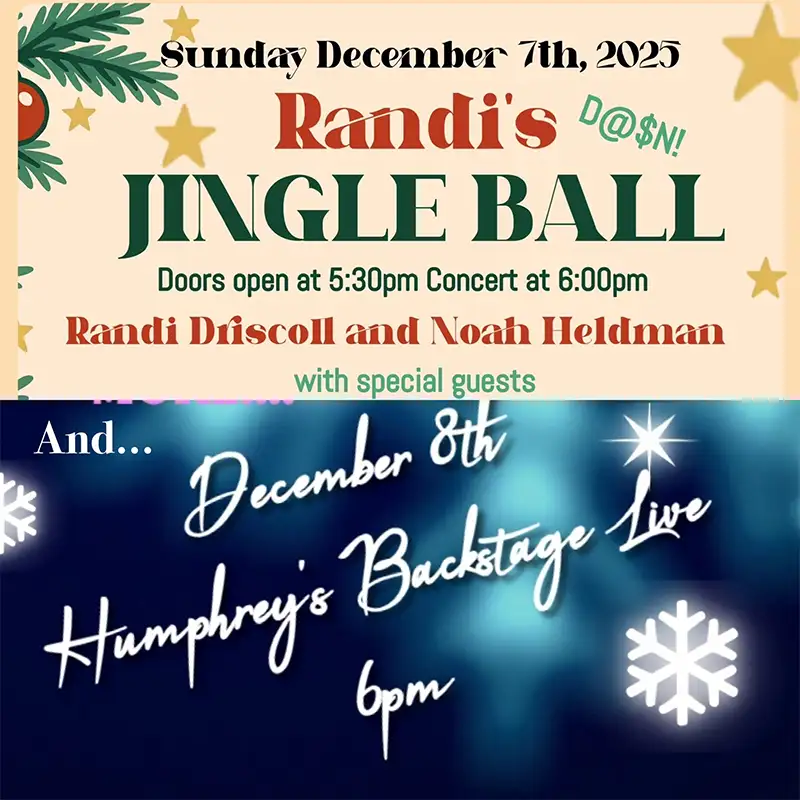Ask Charlie...
One Step Back, Two Steps Forward…

The Wild Truth (Bill Ray, Sven-Erik Seaholm, Dave Ybarra, Charlie Loach)
Hello Troubadourians! A couple of years ago I had the honor of playing a gig with my friend Sven, which was a retrospective of his career so far. That included two songs from our time in the Wild Truth, “Set Fire” and “Heal.” I wanted to replicate my parts as closely as I could to how I played them on the record so that people familiar with the songs could hear them as they remember them and, well, because they were also really cool guitar parts. “Set Fire” wasn’t difficult to replicate—other than trying to play two parts at once, like the record—since what I played is still a natural part of my style and phrasing. “Heal,” however, was more challenging than I expected since the ride-out solo is quite angular, and my playing has changed and adapted significantly since then, mostly to accommodate the tastes of different genres of music… and because I’ve been playing mostly acoustic guitar. I admit, I struggled a bit with it for a while. I guess my past me was smarter and a better player than the present me… I could remember the “big stuff,” but the subtle parts didn’t sound correct to me and the positions felt clumsy. Somehow, I remembered that back then I had come up with a fingering technique that purposely focused on the middle four strings, incorporating either the E string as more of a decoration or highlight or to not require a long position shift during a fast section. Suddenly, everything made sense, and it all came back. Well, almost everything. Months after the gig, I found that I was playing one lick from the solo incorrectly. Correcting that lick made the entire solo flow as it does on the recording.
For a while, I continued to play in that style and revisited many of the songs we used to perform as practice vehicles. I was having a lot of fun… But as my focus shifted back to learning, rehearsing, and performing new songs on the acoustic guitar, I spent less and less time with my electric guitars.
Recently, Sven and I have begun rehearsing and performing as a duo, with the intent to showcase his new songs and some older favorites. We initially started working on the songs with both of us playing acoustic guitar. This was a good starting place but the intent all along was for me to play electric guitar for this project. I was cool with that. When the switch to electric started to happen much sooner than I was prepared for, I found myself struggling to have the fluidity of playing that I wanted—and expected—as well as lacking the dynamics and blending between guitars that is necessary in a duo context. It’s much more difficult to blend two dissimilar guitars—acoustic and electric—than it is to blend two acoustic guitars. The immediacy of an electric guitar leaves nowhere to hide in a duo setting. Having a bass and drums can cover a multitude of sins for an electric player…
We played our first gig before I had any of this sorted out at all. And while we were well received, I felt I was struggling for most of the show, only surviving on the natural musical telepathy that Sven and I have developed over our years of playing together. With the desire to improve our presentation and not wanting to repeat that stress at the next gig, I resolved to figure out the electric guitar… again.
This time I was into it quickly since I had already gone down this path somewhat recently and it took me about 30 minutes to get my mind and fingers back into the concept. As I was playing, I started thinking, “How is this so obvious now, and why do I move away from it so often?” The answer is context. With the Wild Truth, I had support from the rhythm guitar, bass, and drums so I could play inside or outside almost at will. The songs also were structured to encourage exploration in my playing choices. While with Folding Mr. Lincoln, I restructured my playing to accommodate the switch to acoustic guitar, but I was able to retain virtually all of my style with the loss of only the extreme string bending that is essentially impossible on acoustic guitar. So why did everything change and fall away in the past several years? Again, context.
With TWiT and FML, there were supporting instruments, and even when it was just Harry and I, he played his parts and I played mine as we were used to doing. It all worked in the context of each ensemble. The shift came with Outliers, which is a vocal-based ensemble. The two guitars are specifically arranged to complement the vocal arrangements and to make themselves sound bigger than only two guitars. When it works as intended, it sounds like one big 12-string guitar. My solos are either scripted, chord-based, or both. Definitely not the free-running solo space of the other two bands.
So, what is this approach that I’ve been talking about? As I said, it starts with a focus primarily on the middle four strings of the guitar (A, D, G, B, low to high). The anchor note can be any note on any of those strings—usually the A or D string—and is most often under the second finger (sometimes under the third finger if the anchor note is on the G or B string). Rather than play from scale patterns, this approach works out of chord positions in two- or three-note clusters. They can be on adjacent strings or can skip a string depending on the pattern or if the chord is an inversion or extended chord. Rather serving as a complete barre, the first finger is mostly a partial barre and encourages thinking in positions behind the anchor as well as above it, effectively stringing positions together in two directions.
While there are many alterations and extensions of the chord position concept, the basic one is based on the I, VI, IV, and II chords. For the key of C, think of the positions as C, Am, Fmaj7, and D9. You can work from each of these chord shapes over a C chord. This concept applies when you change chords in a progression. In a I IV V progression, i.e., C, F, G, you can continue with the I, VI, IV, and II chords over the F and G chords, or you can reimagine the I, VI, IV, and II chords for F (F, Dm, Bbmaj7, and G9) and G (G, Em, Cmaj7, A9) as well. Let your ear and the melody of the song be your guide. This works for most genres but is especially fun on Rock and Blues. You can go even further in a jazz context, if you dare, but I would recommend pulling back a bit on the outside notes when playing country or Americana. Again, let your ear and the melody of the song be your guide.
This is how taking one step back will let me take two steps forward in everything I play…
Need to know? Just ask… Charlie (ask.charlie@hotmail.com)






